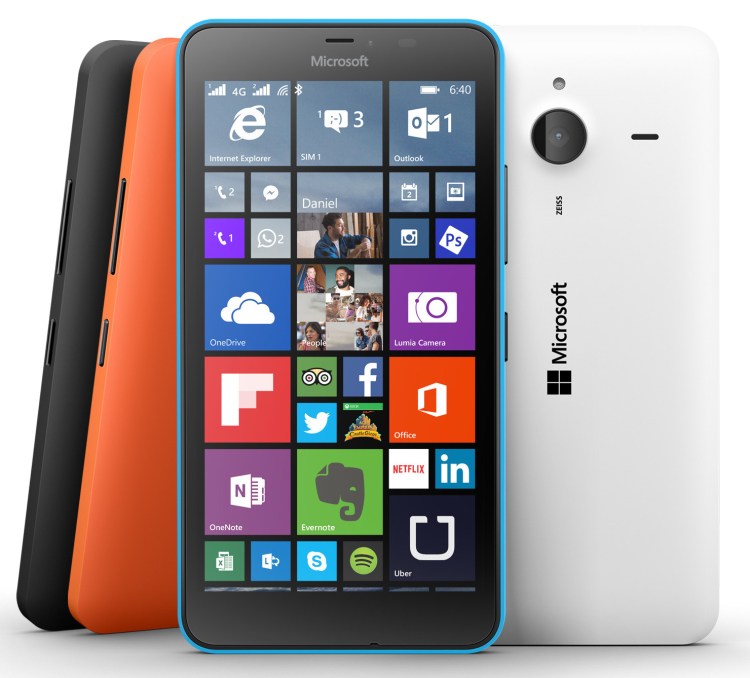The demise of Microsoft’s mobile phone ambitions came today in a complex transaction that seemed both sudden and yet inevitable.
And now, even the biggest Windows Phones fans (yes, they exist!) cannot ignore reality.
Microsoft’s feature phones are dead. Windows Phone is on life support. The end is nigh.
Microsoft is selling its feature phone business (a legacy of the Nokia handset business it bought) to a Foxconn subsidiary. Meanwhile, Microsoft is also licensing the Nokia name for handsets back to Nokia, which has set up a new company that will make feature phones, Android-based smartphones, and tablets.
Now, Microsoft claims it is not giving up the ghost entirely, even though it is enabling yet another competitor in the smartphone business. In the announcement, the company said:
“Microsoft will continue to develop Windows 10 Mobile and support Lumia phones such as the Lumia 650, Lumia 950 and Lumia 950 XL, and phones from OEM partners like Acer, Alcatel, HP, Trinity and VAIO.”
There was no bold vision or explanation of where Microsoft plans to go next in terms of mobile platforms and devices. And the OEM partners listed are not exactly the marquee brands of the smartphone industry. (Plus, Alcatel has actually been acquired by Nokia).
What’s more, the deal is not likely to reassure app developers, handset manufacturers, or consumers that Microsoft is in the smartphone game for the long haul.
At this point, walking away is probably the best thing Microsoft can do.
During its second quarter earnings report in January, Microsoft reported that it had sold 4.5 million Lumia devices, down from 10.5 million for the same period a year earlier. In the five years since Microsoft first gave us the Windows phone, the news has been bleak:
https://twitter.com/BenedictEvans/status/692830082872713216
And in the Kantar market share report for the three months ending in February, Windows Mobile was bleeding market share just about everywhere: down from 4.8 percent in 2015 to 2.6 percent in 2016 in the U.S; down from 9.1 percent in 2015 to 5.8 percent in 2016 in Australia; and down 10.1 percent to 5.9 percent in Europe’s five biggest countries.
Meanwhile, Windows Mobile was stuck at .9 percent in China, practically irrelevant.
Microsoft has been focusing on services and applications that run across mobile platforms lately. This is probably its best hope for maintaining a foothold in the mobile platform game going forward.
No doubt, it’s a bitter moment for a company that once had such a lock on personal computing — thanks to its Windows desktop monopoly. But the mobile wars have long since become Apple’s iOS versus Google’s Android.
Microsoft can only really move on by admitting that hard truth to itself.
VentureBeat's mission is to be a digital town square for technical decision-makers to gain knowledge about transformative enterprise technology and transact. Learn More

